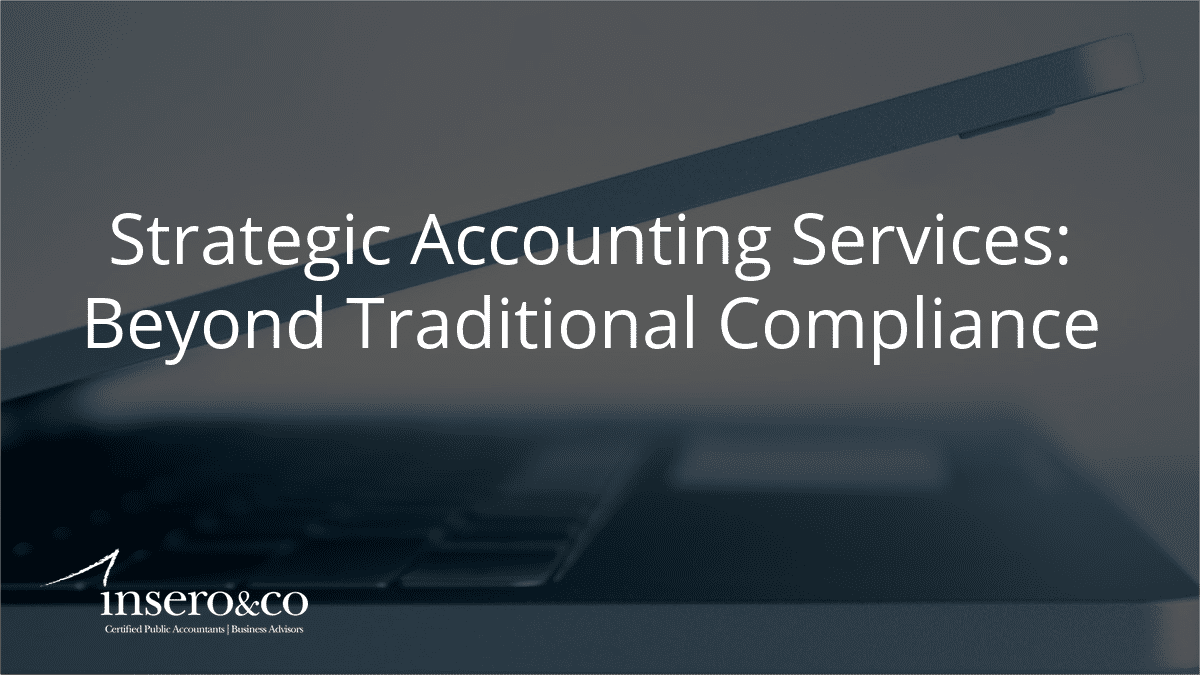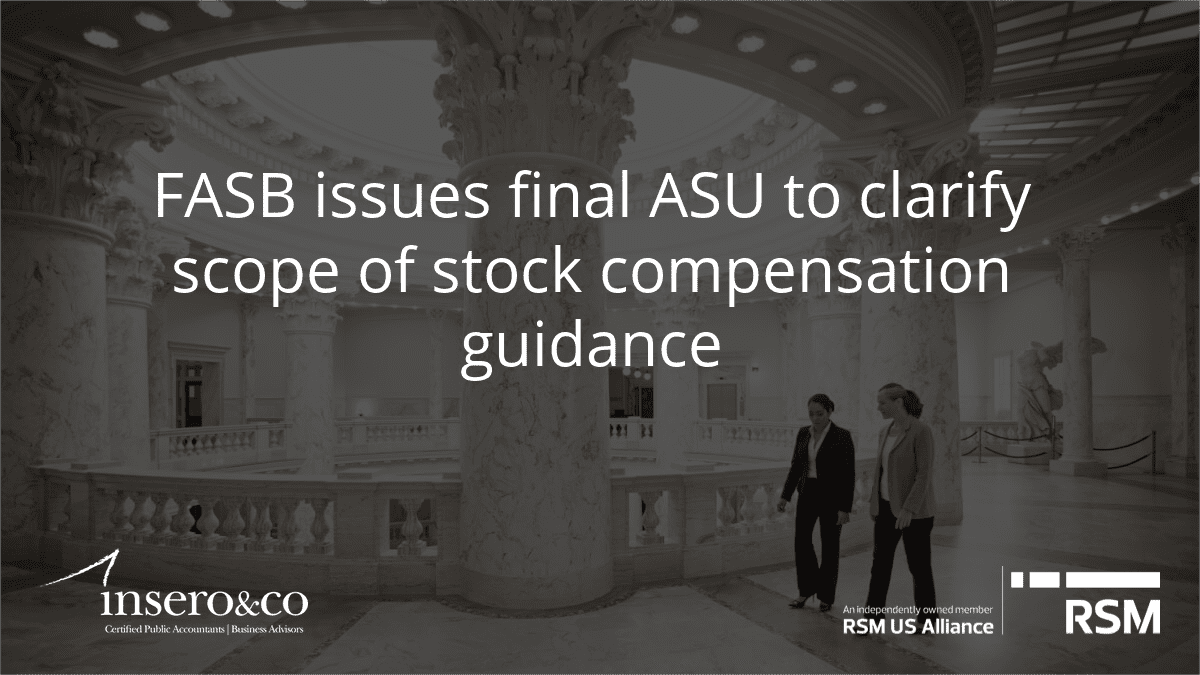Retirement plan governance is the system through which key decisions are made about strategy and operations — including plan design, administration and investment choices. Typically, at the core of plan governance is an official plan committee. Although the Department of Labor (DOL) and IRS don’t require a plan governance committee, it’s widely considered a best practice.
Addressing key questions
Simply having a committee isn’t enough; it must be set up to succeed. To that end, the plan committee’s charter and manner of operation are at the heart of sound plan governance. A retirement plan committee charter sets out the committee’s goals and responsibilities. It should include ERISA’s specific fiduciary principles, such as managing the plan for the exclusive benefit of participants; acting with the care, prudence, skill and diligence that a knowledgeable person would use in a similar situation; adhering to the plan document; and ensuring proper diversification of investment options.
According to the Retirement Learning Center, an ERISA and IRA consulting services firm, the charter should address the following:
- The committee’s purpose and authority, including whether the committee can delegate its authority and purpose,
- The committee’s structure, including who serves on the committee and how members are replaced,
- The assignment of responsibilities and duties, including what reports the committee will produce and to whom those reports will be sent,
- The frequency and structure of committee meetings, including standing agenda items and how new topics are introduced, and
- The procedures for protecting committee members financially.
The charter should also cover the process for selecting and managing plan service providers. Each committee member should sign the charter, stating that they understand their responsibilities as a plan fiduciary and consent to being named to the committee.
Creating an effective plan committee
Retirement plan committee members are generally named by the corporate board, which also approves its charter. Although the board delegates authority for making decisions outlined in the committee’s charter, the board cannot shed its fiduciary responsibility by establishing a committee. Therefore, provisions need to be made for the committee to keep the board informed of its activities and to approve its recommendations on key issues.
A retirement plan committee will be influenced by the size of the plan sponsor, its management philosophy, and the complexity of the retirement plan and participant demographics. When building your retirement plan committee, consider:
Membership. The board should have members who’re knowledgeable in investment, financial and HR issues. The DOL looks to the experience and background of committee members to determine if they have the appropriate knowledge to make plan decisions.
Leadership. Top management should be represented and play a dominant role, given the high level of the committee’s responsibility. The charter could define the leadership structure, such as by naming the company CFO as the ex-officio committee chair. However, it’s important to have other committee officers, including a secretary with responsibility for taking minutes.
Size. The challenge is to find the right size. A large committee can become unwieldy and dilute a sense of responsibility. If it’s too small, you can have a lack of diverse perspectives and create an undue burden on certain members. Have an uneven number of committee members to avoid any voting ties.
Subcommittees. Depending on the committee size and the amount of work it needs to accomplish, creating one or more subcommittees, such as one focusing on plan investment performance, might be advisable. However, your typical plan sponsor has one committee that’s responsible for all aspects of the plan, including investments and plan administration.
Meeting frequency. The need for meetings may change over time depending on the issues at hand. A quarterly frequency is generally sufficient to maintain continuity and facilitate the introduction of timely new issues that need to be addressed.
Training. While committee members need not all be retirement plan experts, they should receive some form of training on retirement plan operations and their roles as fiduciaries. In a DOL investigation, the DOL often will look at the frequency of fiduciary training for plan committee members. Annual training is highly recommended.
Performance. The charter should provide for removal of committee members who fail to attend meetings regularly or otherwise demonstrate a lack of commitment to their roles.
Documentation. Committee actions and recommendations should be recorded in minutes, and those minutes should be carefully preserved.
Term limits. Except for ex officio positions, committee members should be periodically replaced to prevent burnout and ensure fresh perspectives.
Cover your bases
There’s more to retirement plan governance than establishing a committee, but a strong charter lays the foundation. Have an independent expert review your governance structure to ensure that you’ve covered all the bases.
Sidebar: Procedural prudence and plan committees
Complying with ERISA’s “procedural prudence” principle requires your plan to have a strong governance framework. ERISA requires 401(k) plan fiduciaries to exercise their authority “with the care, skill, prudence and diligence under the circumstances then prevailing that a prudent person acting in a like capacity and familiar with such matters would use in the conduct of an enterprise of a like character and with like aims.” This standard governs all 401(k) plans and means that plan committee governance is also subject to the rule.
Companies without a coherent governance structure are vulnerable to chaotic management and spotty performance, possibly leading to legal liability for poor decisions. The same is true of your retirement plan. Inevitably, a decision you make may, in retrospect, turn out to be the wrong one. But if, in making that decision, you employed the procedures set out in your plan committee charter designed to maximize the chances that it would be the right choice, courts will consider this should a legal battle ensue.
As always, we hope you enjoy this edition of our newsletter and we look forward to receiving your feedback. Should you have any questions regarding the information contained in the attached materials or our Employee Benefit Plan Services, please feel free to contact me directly.
Want to learn more?
Join our Employee Benefit Plan Resources group on LinkedIn for more frequent updates on recent developments and best practices and discuss related topics with your peers.




